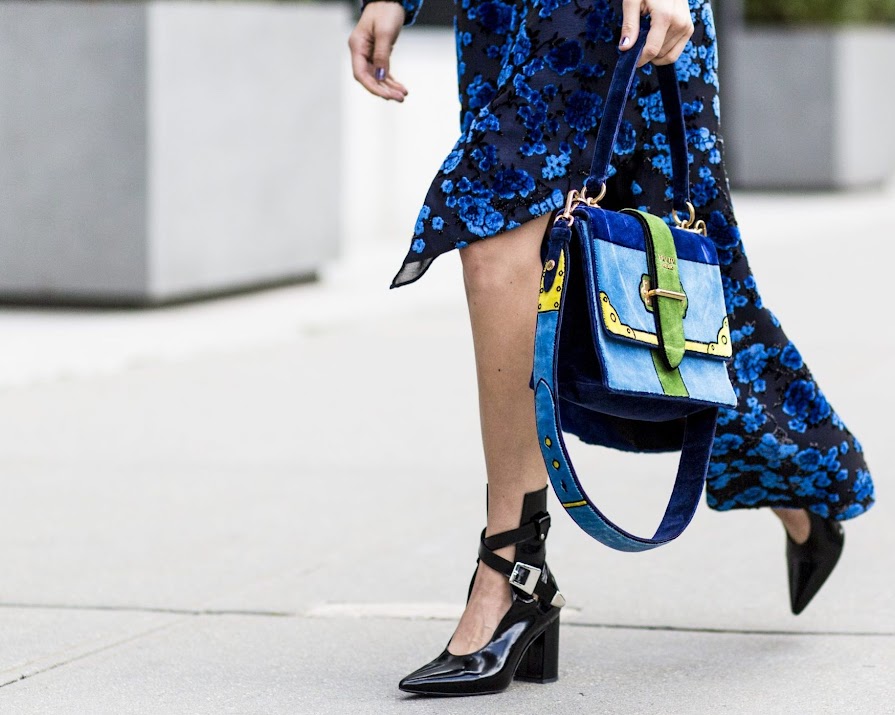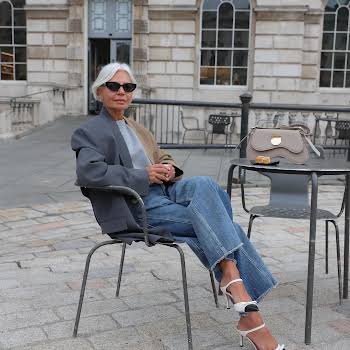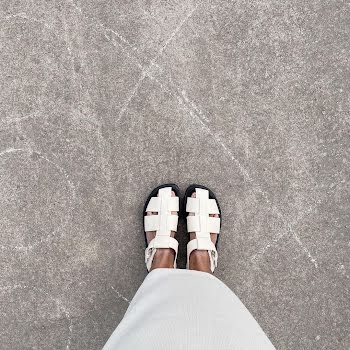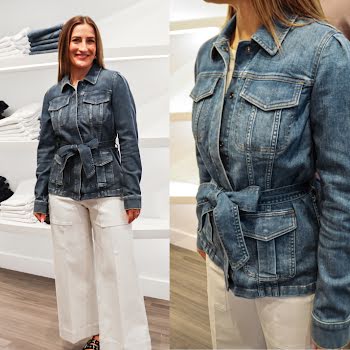
By Colette Sexton
19th Jun 2018
19th Jun 2018
Back in my youthful days, I could wear heels all day and night without thinking twice about it. But now, my bones are older, my feet have put down too many steps, and my knees just can’t handle the stilettos for extended periods of time. There is no way I could work in a job that requires employees to wear high heels all day, every day. I would require constant pain medication and an on-call physio.
Yet it is common in Ireland for companies to introduce dress codes for a number of reasons, including to promote professionalism or to stay on brand with its corporate image and some workplaces still force women to wear heels, despite how old-fashioned that seems.
Being forced to wear high heels in work hit the headlines a couple of years ago when a temp in accountancy firm PricewaterhouseCoopers, Nicola Thorp, was sent home from work because she was not wearing high heels. Thorp had argued that she would not be able to do her work effectively while wearing high heels and the 27-year-old refused to adhere to the high heel stipulation of between two inches and four inches requested by the temp agency Portico.
Thorp launched an online petition to make it illegal for a company to require women to wear high heels at work. It received over 150,000 signatures and was debated in parliament in the UK. However, calls to introduce a new law banning companies from telling women to wear high heels at work were rejected by the British government, with the Equalities Office saying existing legislation was “adequate”.
Thorp did succeed in starting a conversation. Her story caused a media frenzy, and as a response Portico changed its policy to allow female workers to wear plain flat shoes or plain court shoes as they prefer.
Following the attention Thorp received, researchers at the University of Aberdeen looked into the issue of wearing high heels at work. They examined the physical damage and injury that can be caused, as well as the social and cultural aspects surrounding the wearing of high heels. It found large amounts of studies showed a link between wearing high heels and an increased risk of bunions, pain and injury. The researchers concluded that more needs to be done to stop women being forced to wear high heels at work.
Some people love wearing heels in the office. But that does not mean anyone should be forced to wear them. If you are an employer that insists on high heels, it is time to revisit that policy. A smart flat shoe can look just as professional as a high heel, and an employee will be much more productive if they are not in pain. When it comes to heels, employers need to stop being bossy boots and employees need to put the foot down. You can look well-heeled without high heels.























